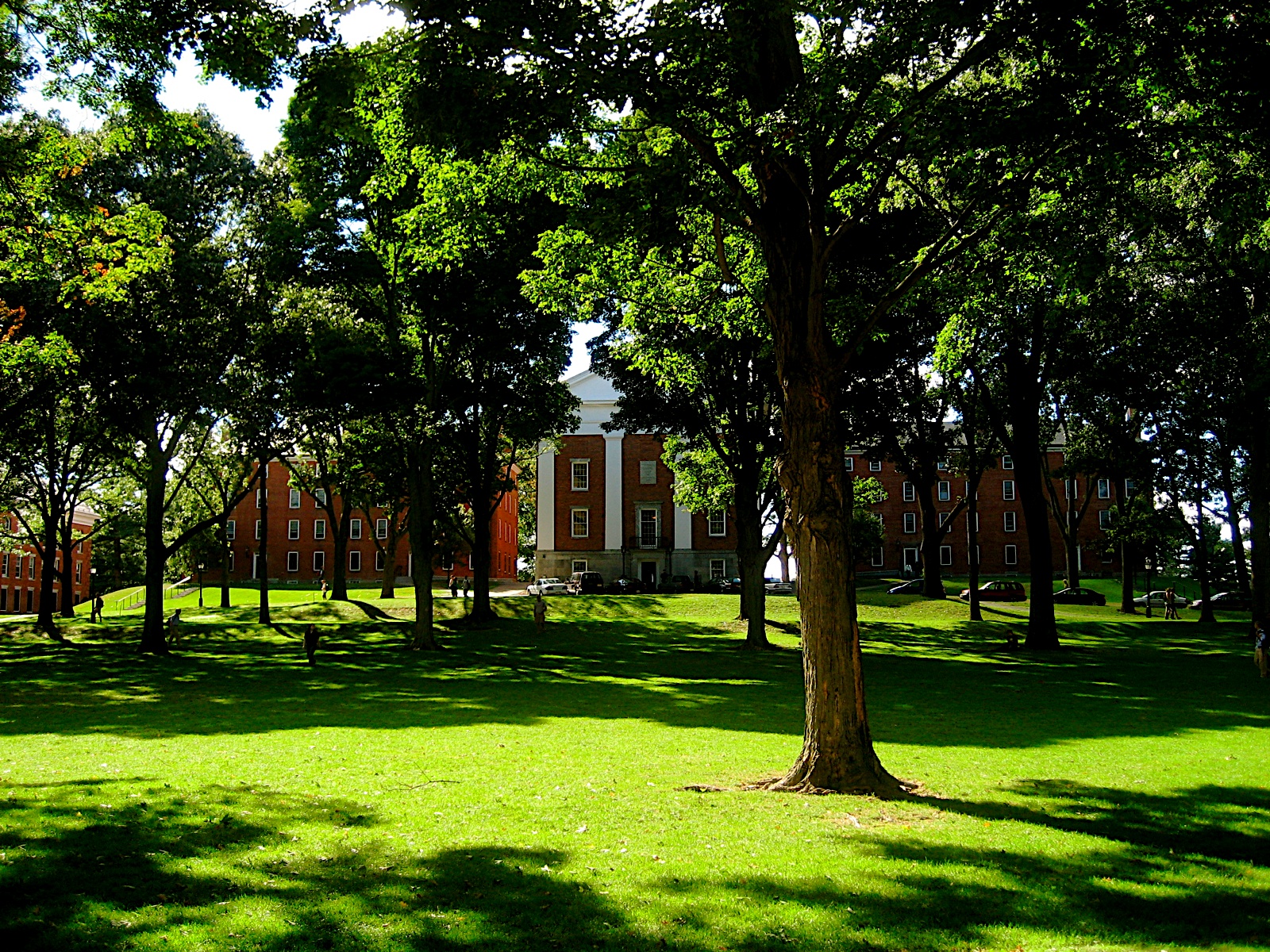Opinion: Amherst College And Local Public Schools

Amherst College, main quad. Photo: Wilkimedia commons
Editor’s note: This column appeared previously in the Daily Hampshire Gazette.

In Spring 2021, as the Amherst public schools faced yet another budget shortfall, the question arose in this paper whether Amherst College might support K-12 education in the town that shares its name. While those pieces focused on Amherst College’s wealth, I think the question of whether and how Amherst College should and/or could contribute to the local public schools is a much deeper one that “what can Amherst College afford?” It is a question of the role Amherst College thinks the local community plays in its own existence and thriving, and what that means for their investment in the town. As the College celebrates its bicentennial and searches for a successor to President Biddy Martin, now is perhaps an ideal time for this venerable institution to reflect on its role in the broader local community.
As a non-profit entity Amherst College has to spend its money on things that are directly related to its mission and purpose. That mission can be interpreted broadly: for example in Summer 2020 Amherst matched donations from its own alumni to donate close to $100,000 to several organizations related to the Black Lives Matter movement. No doubt the leadership of Amherst College chose to do this because those donations, and their impact on its own student body, served its stated goals around diversity, equity and inclusion. Their recent $200,000 donation to downtown Amherst initiatives shows that they recognize that the vitality of the town and the college are linked. Amherst College has been a national leader in access to elite college education for students from socioeconomically disadvantaged backgrounds. Does it value that same access to excellence in education for the children in its hometown, where the latest DESE profile identifies 29.7% of our students as Economically Disadvantaged and 43.7% as High Needs?
While there is broader interest in legislating PILOT-type contributions from colleges and universities in Massachusetts, much of that activity has been focused on institutions in the eastern part of the Commonwealth. Arguably the most relevant comparison case for the Town of Amherst is here in Western Massachusetts: Amherst’s sister (really, parent) school, Williams College. Most recently, Williams donated $5 million to capital projects related to the partially state-funded renovation of Mount Greylock High School. Earlier Williams made a similarly-targeted $1.1 million investment in the Williamstown Elementary School. In addition to these one-time monetary donations, since 2011 Williams has donated $200,000 per year to the local (regional) school district. Since 2014 Amherst College has contributed $75,000 per year to our local schools, mostly to support critical staff positions in the Family Center.
Williams has invested in local public schools not only because it cares about its community, but also because those schools are critical to its own mission. Faculty and staff want good schools for their children, making a healthy local school district important for recruitment and retention of the college’s workforce. Perhaps it is time to ask Amherst College if the same is true here, an hour and a half to the east.
Support for our schools could include direct investment, but it could also include a lot more. Amherst College already generously provides free access to some of its courses for our high school students—what else could the College offer if it saw itself as an active partner in local education? Over 80 Williams College students are placed directly in the local elementary school there each semester, participating in a range of educational programs that benefit not only the local schoolchildren but the college students themselves. A similar number of Williams students work with high schoolers through a College-funded center at the high school. This fall ARHS hosted its 25th Amherst Invitational Cross Country meet on the grounds of Hampshire College, facilitated by a large group of volunteers from the UMass cross country teams. Across the river from Amherst, Smith College provides some access to its athletic facilities for local high schools, often at minimal or no cost.
From my 21 years of experience teaching at another well-endowed college, I am certain that there are students, staff and faculty at Amherst who could provide us with compelling examples of unmet needs that exist on their campus. There are no doubt students on financial aid who still struggle to make ends meet because of economic pressures on their families. There are likely classes that feel too large, and essential activities that feel underfunded. We can’t “endowment-shame” Amherst College into serving as a bank account for our public schools, nor should we. But perhaps Amherst College can begin to think of itself more consciously as embedded in a larger educational context in the local community, and perhaps the leadership at the college can explore what it might look like for Amherst College and Amherst Schools to work together on educational excellence and access in this town we share.
Kate Queeney is a faculty member at Smith College; she is an alum of Williams College, and served as a Trustee of Williams from 2008-2020. The opinions in this article are hers and do not represent either institution
.
